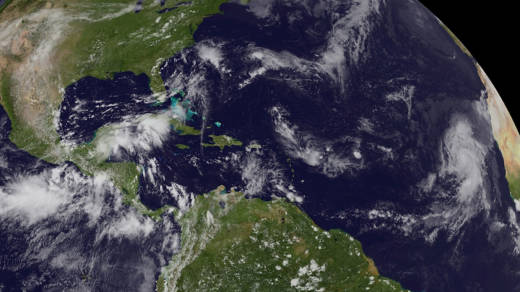James Hansen wishes he was wrong. He wasn’t.
NASA’s top climate scientist in 1988, Hansen warned the world on a record hot June day 30 years ago that global warming was here and worsening. In a scientific study that came out a couple months later, he even forecast how warm it would get, depending on emissions of heat-trapping gases.
The hotter world that Hansen envisioned in 1988 has pretty much come true so far, more or less. Three decades later, most climate scientists interviewed rave about the accuracy of Hansen’s predictions given the technology of the time.
Hansen won’t say, “I told you so.”
“I don’t want to be right in that sense,” Hansen told The Associated Press, in an interview is his New York penthouse apartment. That’s because being right means the world is warming at an unprecedented pace and ice sheets in Antarctica and Greenland are melting.

